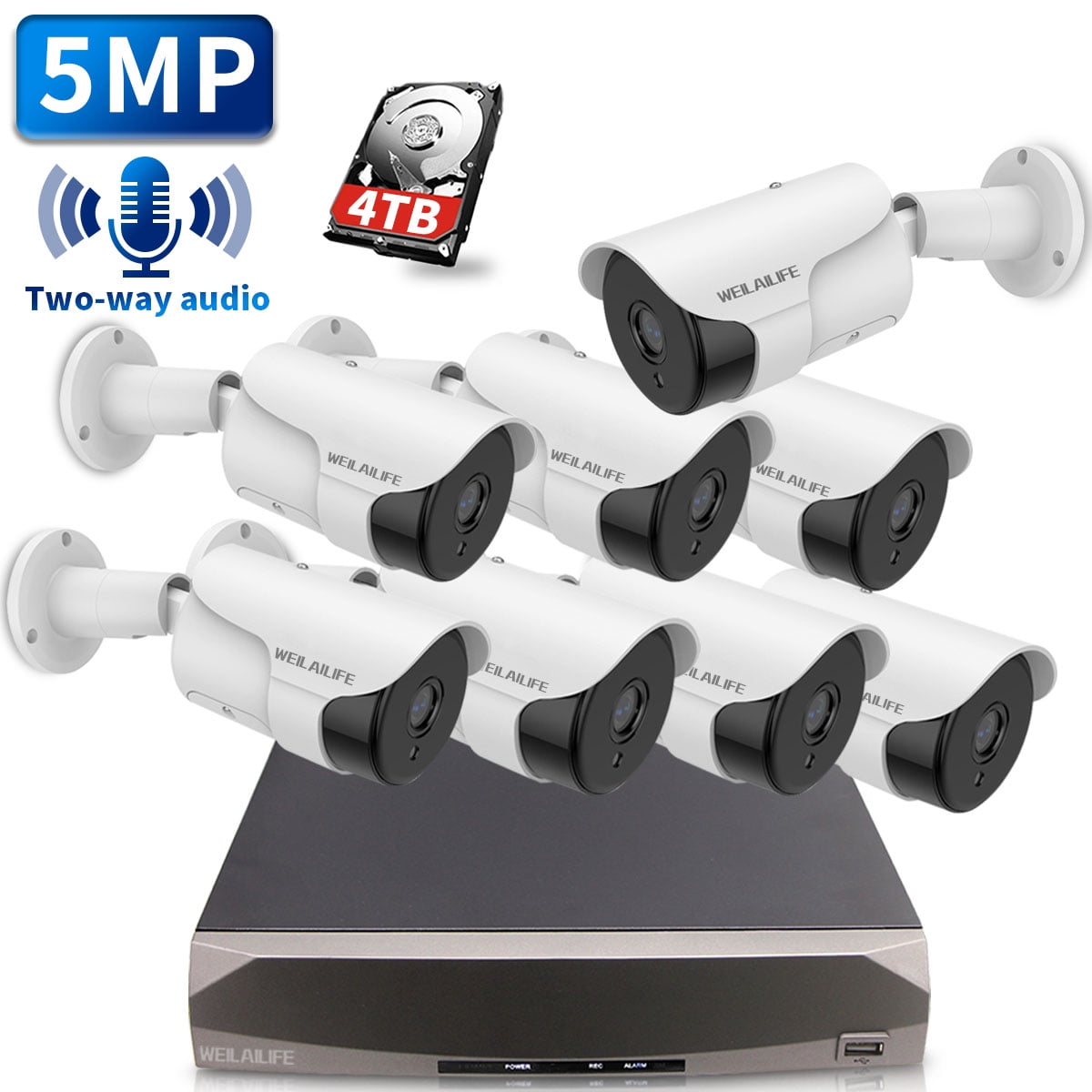

In Transit Encryption: Data encrypted “in transit” means data is protected while it’s traveling over the network, or being transferred from local to cloud storage.RSA and AES are two examples of Public Key Infrastructure (PKI) encryption standards, which ensure that anyone who accesses video data won’t be able to extract it from onboard storage. At Rest Encryption: Data encrypted “at rest” means data is protected while on the camera.There are two states of encryption, at rest and in transit. Since IP cameras are often targeted in IoT breaches, utilizing *modern security standards]( ) is key to prevent hackers from lifting company information and even disabling whole systems. Encryption is a way to conceal information by scrambling data so that only authorized parties can decode it. Video Data Encryption: How secure an IP camera is depends on its level of data encryption and network security.Compared to purely wireless cameras, PoE IP cameras tend to have more stable data transmission and less likely to encounter interference from nearby devices. PoE Capabilities: IP cameras that can be powered over a PoE connection eliminate the risk and cost of running electrical wire.Advanced solutions store footage locally on an SSD or HDD while also backing it up in the cloud these “hybrid cloud” security systems are considered safer and more reliable than systems that rely on just one method.

Most surveillance systems will transmit video data onto cloud storage, a Solid-State Drive (SSD), or a Hard Disk Drive (HDD). By law, many companies are required to retain security footage for a specific amount of time depending on their industry and local mandates.
Wireless ip camera system install#
With fewer parts to deal with, PoE systems tend to be easier to install and cost less to maintain compared to traditional systems. This eliminates the need to run two cables for power and data separately, thus reducing the amount of hardware required.

Fixed cameras are widely used both outdoors and indoors, typically in retail stores and business offices. Fixed IP Camera: Fixed IP cameras operate in a static position and provide a single view within the camera’s field of vision, continuously surveilling subjects within a predetermined frame.They can cover potentially large areas and are commonly used to monitor public outdoor spaces. PTZ IP Camera: Pan-tilt-zoom (PTZ) cameras can adjust their field of view and angle via a remote operator, allowing users to track events with greater control.What to Consider When Buying an IP Camera.What are Extra Features of IP Camera Systems?.What are Must-Have Features of IP Cameras?.They’re often used with network video recorders ( NVRs) and sometimes digital video recorders ( DVRs), making them a common solution for enterprise video surveillance. Like their name suggests, IP cameras connect to a network through WiFi or a Power over Ethernet (PoE) cable. Internet Protocol cameras, also called IP cameras or network cameras, provide digital video surveillance by sending and receiving footage over the internet or local area network (LAN). What is an Internet Protocol (IP) Camera?
Wireless ip camera system free#
Try Verkada risk-free for 30 days, free shipping both ways.


 0 kommentar(er)
0 kommentar(er)
